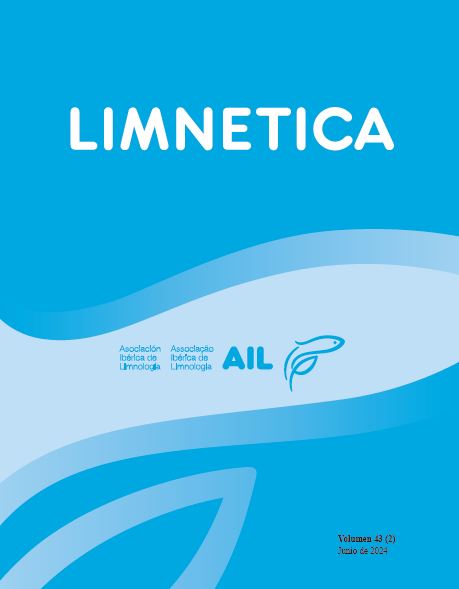Disclosing the effects of climate, land use, and water demand as drivers of hydrological trends in a Mediterranean river basin
Laburpena
Mediterranean basins face significant water scarcity which demands examining long-term data to prospect their trends in water quantity and quality. This study focuses on The Onyar River (Inner Catalan basins, NE Spain), to explore its historical streamflow changes, the influencing climatic and land-use factors, and the consequential impacts on water quality. We analyse key hydro-climatic variables—streamflow, precipitation, temperature, and evapotranspiration (both PET and AET)— across a 60-year span (1960 -2020) and their relationship with recent stream water chemistry data (2007-2020). We compare these patterns to the changes in land use, and to the variations in water demand according to urban use, livestock, and crop production estimates. Our findings highlight a consistent decline in streamflow, most pronounced over the last two decades, accompanied by an increase in PET, and a probable decrease in groundwater recharge. Notably, these changes co-occurred with higher concentrations of river water ammonium and nitrate. We attribute these patterns to changes in land use such as afforestation and intensive fertilization, as well as increased groundwater withdrawal, particularly during irrigation seasons. Additional factors include growing urban water demand and the discharges of treated wastewater back into the river system. This study offers a comprehensive overview of the declining water quantity and quality in the Onyar River, attributing these trends to an interplay of climatic and anthropogenic factors. The findings underscore the need for integrated water resource management strategies to mitigate the implications of these changes.
##submission.downloads##
Argitaratuta
Zenbakia
Atala
##submission.license##
Los autores que publican en esta revista están de acuerdo con los siguientes términos:
- Limnetica está bajo una licencia de Creative Commons Atribución-NoComercial 4.0 Internacional.
b. Los autores pueden establecer por separado acuerdos adicionales para la distribución no exclusiva de la versión de la obra publicada en la revista (por ejemplo, situarlo en un repositorio institucional o publicarlo en un libro), con un reconocimiento de su publicación inicial en esta revista.
c. Se permite y se anima a los autores a difundir sus trabajos electrónicamente (por ejemplo, en repositorios institucionales o en su propio sitio web) antes y durante el proceso de envío, ya que puede dar lugar a intercambios productivos, así como a una citación más temprana y mayor de los trabajos publicados (Véase The Effect of Open Access) (en inglés).


